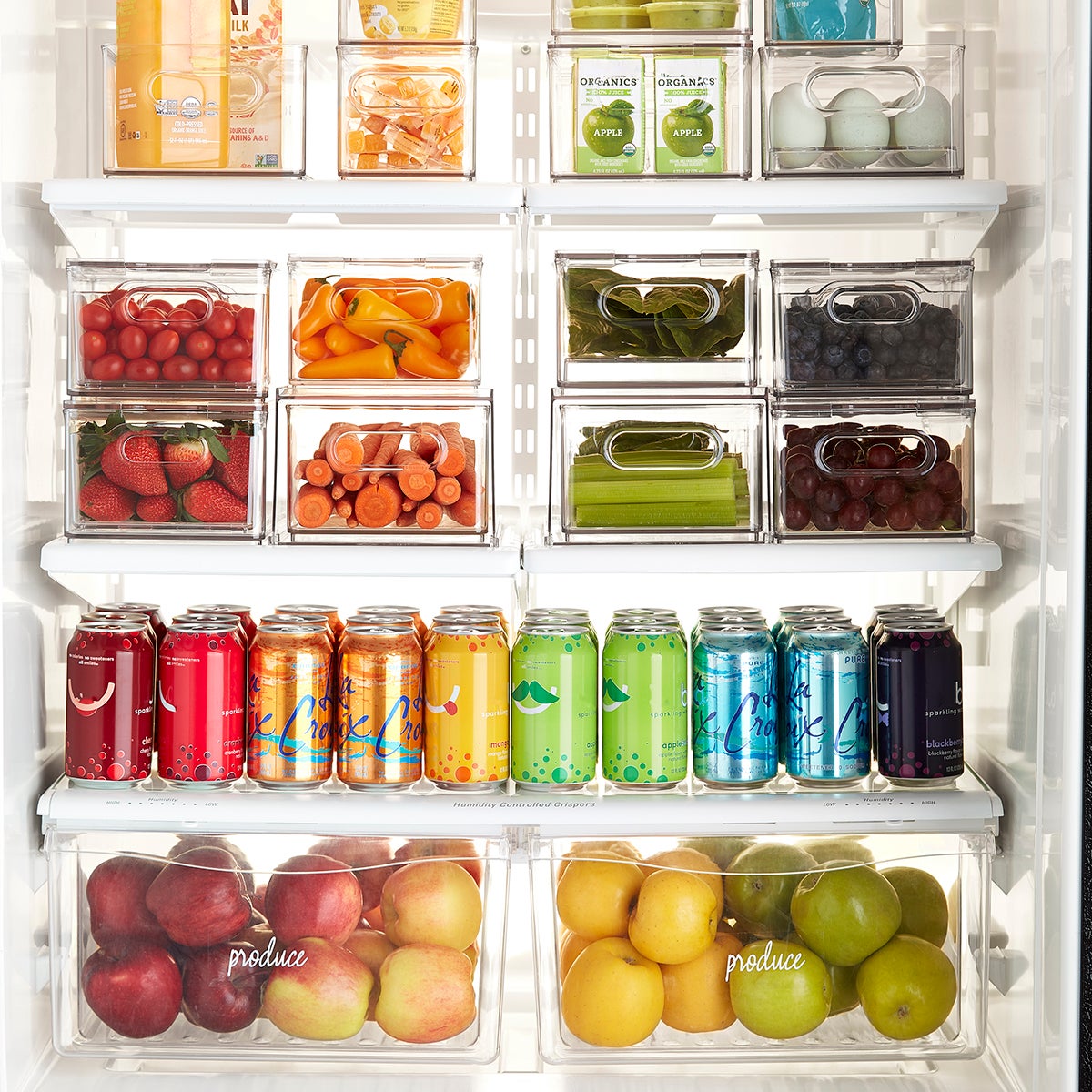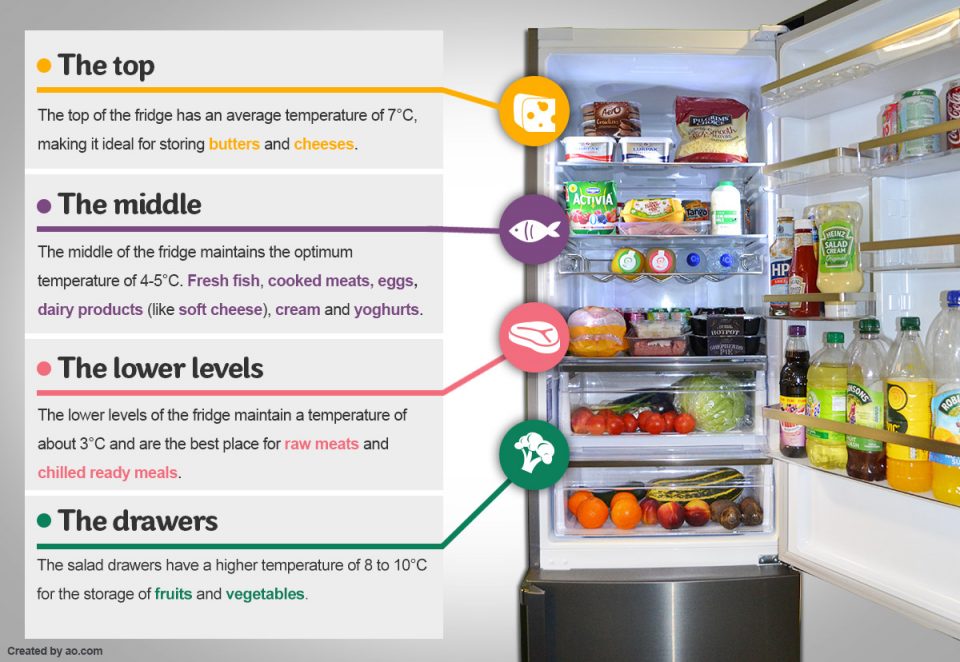Food Storage and Preservation

Put em in the fridge – Maintaining the freshness and quality of food items is essential for ensuring optimal nutrition, preventing foodborne illnesses, and minimizing waste. Refrigeration plays a crucial role in extending the shelf life of perishable goods by slowing down the growth of microorganisms and enzymatic reactions. Understanding the principles of food storage and preservation empowers individuals to maximize the nutritional value and longevity of their food.
The secret to maintaining a perfect temperature for your favorite beverages is to put em in the fridge. If you’re looking for a quick and easy way to chill your drinks, simply put em in the fridge ! It’s that simple.
So next time you’re in need of a cold drink, don’t hesitate to put em in the fridge.
The optimal temperature for refrigerating food is between 32°F (0°C) and 40°F (4°C). This temperature range inhibits the growth of most bacteria and molds, ensuring the safety and quality of food for extended periods. Humidity levels should be maintained at around 50-60% to prevent excessive drying or spoilage.
Put ’em in the fridge is a versatile dish that can be enjoyed in many ways. Whether you’re looking for a quick and easy snack or a more substantial meal, put ’em in the fridge has got you covered. And if you’re looking for something a little different, try put ’em in the fridge peso pluma.
It’s a delicious and unique take on the classic dish that’s sure to please everyone at the table. But no matter how you enjoy it, put ’em in the fridge is sure to satisfy.
Storing Fruits and Vegetables
Fruits and vegetables should be stored separately to prevent cross-contamination and ethylene gas emission. Ethylene is a natural plant hormone that accelerates ripening, so keeping ethylene-producing fruits (such as apples, bananas, and avocados) away from ethylene-sensitive produce (such as leafy greens, broccoli, and cucumbers) helps extend their shelf life.
I put them in the fridge, where they’d stay cool and fresh. Speaking of cool and fresh, have you heard the latest peso pluma news ? It’s all the buzz right now. But back to my fridge, I’m so glad I put them in there.
Now I can enjoy them whenever I want.
- Fruits: Store most fruits in the refrigerator’s crisper drawer, which maintains higher humidity levels. Berries and stone fruits (such as cherries, peaches, and plums) should be stored in the coldest part of the refrigerator.
- Vegetables: Leafy greens and herbs should be stored in the crisper drawer wrapped in a damp paper towel to maintain freshness. Root vegetables (such as carrots, beets, and potatoes) can be stored in a cool, dark place outside the refrigerator.
Storing Meat, Poultry, and Seafood
Meat, poultry, and seafood are highly perishable and require proper handling and storage to prevent spoilage and foodborne illnesses. These items should be stored in the coldest part of the refrigerator, at a temperature of 32°F (0°C) or below.
If you’re looking for a refreshing way to cool down on a hot day, put ’em in the fridge! Whether it’s a can of soda, a bottle of water, or even a bowl of fruit, putting them in the fridge will help them cool down quickly.
And if you’re looking for some new music to listen to while you wait, check out reloj lyrics peso pluma. It’s a great song to chill out to, and it’ll help you forget all about the heat. So put ’em in the fridge and enjoy!
- Meat: Fresh meat should be stored in its original packaging or wrapped tightly in plastic wrap or aluminum foil. Ground meat should be used within 1-2 days, while steaks and roasts can be stored for up to 5 days.
- Poultry: Whole chickens and turkeys should be stored in the coldest part of the refrigerator for up to 2 days. Cooked poultry should be refrigerated within 2 hours of cooking and consumed within 3-4 days.
- Seafood: Fresh fish and shellfish should be stored in the refrigerator for up to 2 days. Cooked seafood should be refrigerated within 2 hours of cooking and consumed within 3-4 days.
Storing Dairy and Eggs
Dairy products and eggs require specific storage conditions to maintain their quality and prevent spoilage. Dairy products should be stored at a temperature of 40°F (4°C) or below, while eggs can be stored at a slightly higher temperature of 45°F (7°C).
- Dairy: Milk, yogurt, and cheese should be stored in their original packaging or in airtight containers. Hard cheeses can be stored for several weeks, while soft cheeses should be consumed within a few days.
- Eggs: Eggs should be stored in their original carton in the coldest part of the refrigerator. Fresh eggs can be stored for up to 4-5 weeks.
Extending the Shelf Life of Perishable Goods
In addition to proper storage techniques, there are several additional tips and tricks that can help extend the shelf life of perishable goods:
- Blanching: Blanching vegetables (such as broccoli, carrots, and green beans) before freezing helps preserve their color, texture, and nutritional value.
- Freezing: Freezing is an effective way to extend the shelf life of perishable goods for several months. Ensure items are properly sealed and labeled before freezing.
- Vacuum Sealing: Vacuum sealing removes air from food packaging, which helps prevent spoilage and freezer burn. This technique is particularly useful for storing meat, poultry, and fish.
- Proper Thawing: Thaw frozen food in the refrigerator or under cold running water to prevent the growth of bacteria.
Refrigerator Organization and Efficiency

Maintaining an organized and efficient refrigerator is crucial for preserving food quality, maximizing space, and preventing spoilage. Implementing proper storage techniques can significantly extend the shelf life of your groceries and reduce food waste.
Design an Efficient Refrigerator Layout
Design your refrigerator layout to accommodate different food items and optimize space. Place frequently used items, such as milk, eggs, and snacks, within easy reach at eye level. Utilize adjustable shelves to create custom storage spaces for bulky items like bottles and containers.
Organize Food Items into Categories
Categorize food items to streamline access and prevent cross-contamination. Store raw meat and poultry separately from cooked foods, produce, and dairy products. Use clear containers to identify contents easily and prevent spills.
Tips for Cleaning and Maintenance
Regular cleaning and maintenance are essential for optimal refrigerator performance. Wipe down shelves and drawers with a mild detergent solution weekly to remove spills and prevent bacteria growth. Clean the condenser coils at the back or bottom of the refrigerator annually to ensure proper cooling.
Food Safety and Health Concerns: Put Em In The Fridge
Improper food storage can lead to a number of health risks, including foodborne illness. Foodborne illness is caused by eating food that has been contaminated with harmful bacteria, viruses, or parasites. Symptoms of foodborne illness can range from mild to severe, and can include nausea, vomiting, diarrhea, abdominal cramps, and fever. In some cases, foodborne illness can be fatal.
The best way to prevent foodborne illness is to practice safe food storage habits. This includes storing food at the correct temperature, avoiding cross-contamination, and practicing good hygiene.
Food Rotation and FIFO
One important food safety practice is food rotation. Food rotation means using the oldest food first and moving newer food to the front of the refrigerator or freezer. This helps to ensure that food is used before it goes bad.
Another important food safety practice is FIFO (first-in, first-out). FIFO means storing food in the order that it was purchased. This helps to ensure that the oldest food is used first, and that newer food is not hidden behind older food.
Handling and Storing Leftovers, Put em in the fridge
Leftovers should be handled and stored carefully to prevent contamination. Leftovers should be cooled to room temperature within two hours of cooking. Once cooled, leftovers should be stored in airtight containers in the refrigerator. Leftovers should be used within three to four days.
I put ’em in the fridge, hoping they’d last a little longer. But then I remembered the news about Peso Pluma. I couldn’t believe it. Did he really pass away ? I felt a wave of sadness wash over me.
I had to take a moment to process it. But then I thought about the food in the fridge. I needed to put ’em away before they spoiled.